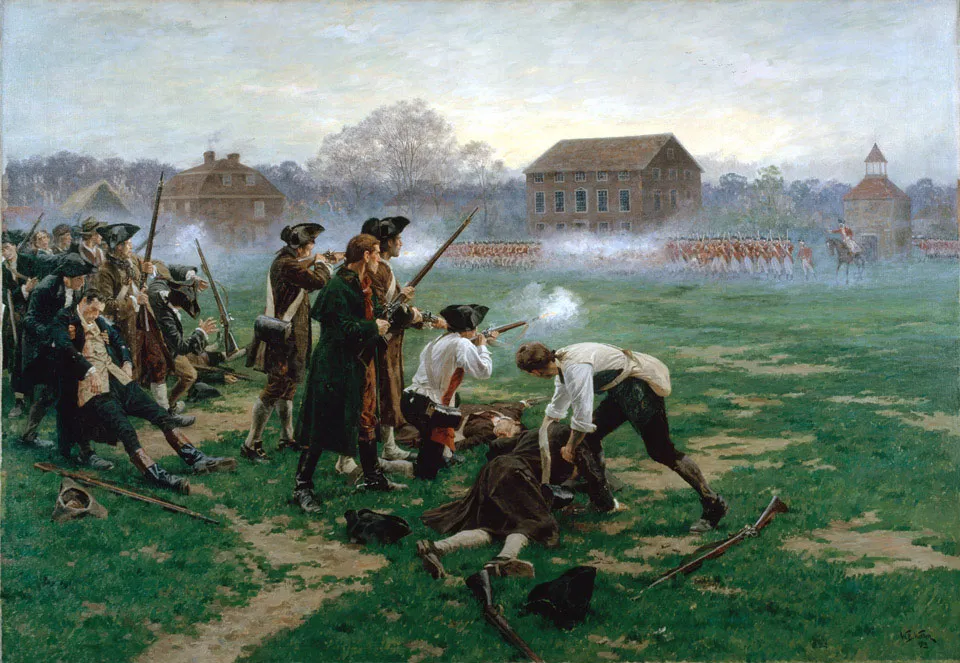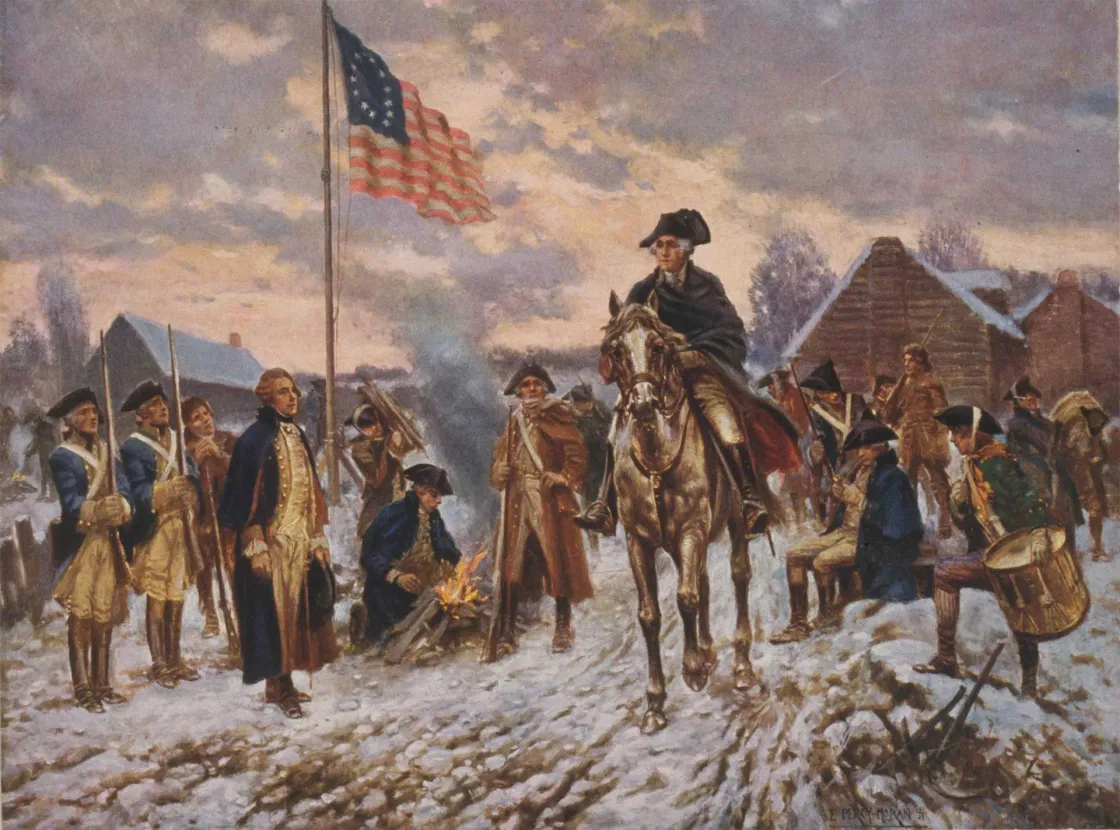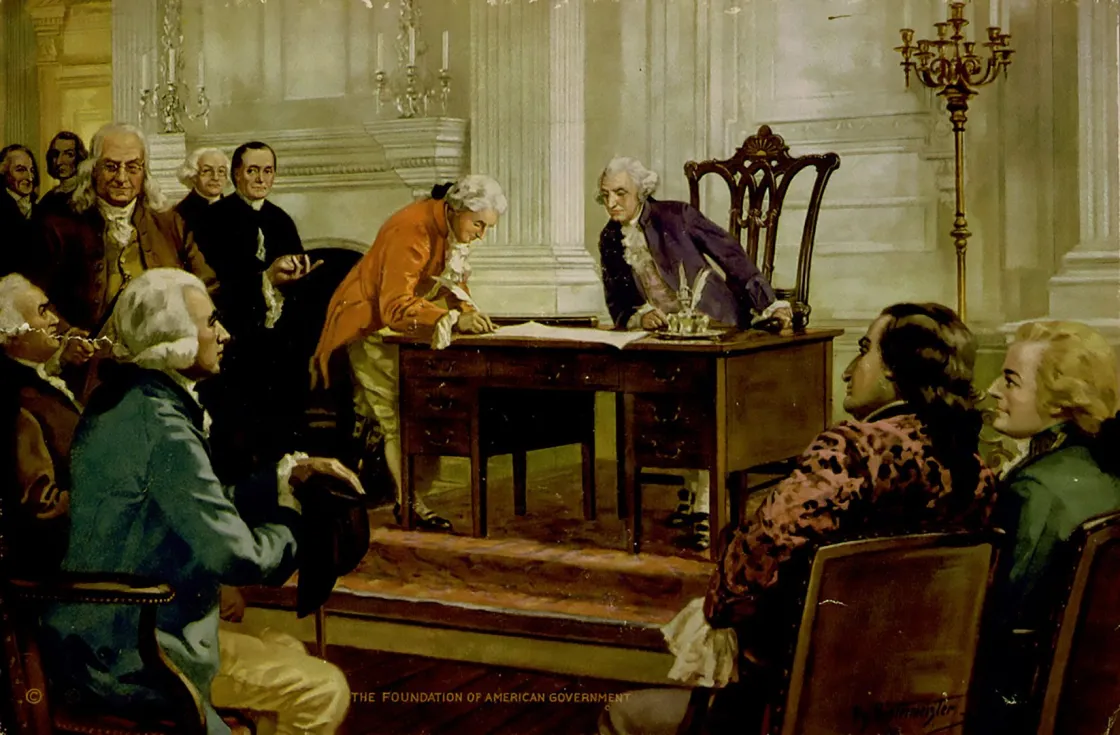Gouverneur Morris

Gouverneur Morris was an American statesman and Founding Father who signed both the Articles of Confederation and the United States Constitution. He is most famous as the author of the Constitution’s preamble, which seeks to make a “more perfect” union.
Gouverneur comes from the Dutch word for “governor”, and Morris’s Huguenot ancestors fled to the Netherlands due to persecution in their native France. From there his family moved to New Amsterdam, later renamed “New York” by the British, where Morris was born on January 31, 1752. His father, grandfather and brother both held important political offices, the latter signing the Declaration of Independence in 1776. Morris received an excellent education, graduating from King’s College (now Columbia University) in 1768. Academically minded, he went on to earn a master’s degree in 1771. He then studied law and passed the bar exam in 1775, becoming a lawyer.
Morris entered local politics, representing his native Westchester County in the New York Provincial Congress in May 1775. Just a month before, Patriot militiamen fought British regulars at Lexington and Concord, starting the American Revolutionary War. Morris and his fellow representatives worked to turn New York from a colony in the British Empire into an independent state.

Morris’s support went against the wishes of his family, who initially supported the Patriot cause but did not want independence from Britain. When the British occupied New York and the Bronx (where Morris’ family lived) in 1776, Morris’ mother, a loyalist, gave the family home over to the British military for their use. Gouverneur and the New York State Assembly, meanwhile, fled upstate, away from the British army.
New York appointed Morris as a delegate to the Continental Congress in January 1778. When he arrived, he joined a committee tasked with military reforms. He visited Washington’s army in its winter camp at Valley Forge and witnessed first-hand the trials which the Patriot soldiers faced. Shocked by the poor conditions he saw in the camp, Morris became a leading advocate for the army in congress, securing additional financial support for the army and pressing for training reforms. Later that year, when a group of delegates tried to remove Washington from command by a vote of “no confidence”, Morris cast the tie-breaking vote in Washington’s favor.

Morris’s last major act in Congress was signing the Articles of Confederation. He was its youngest signatory at just 26 years old. However, when he came up for reelection in 1779, he was defeated because of his support for a stronger Federal government. Instead of returning to New York, he remained in Philadelphia, working as a lawyer and merchant. After a carriage accident, doctors amputated his left leg below the knee. Morris spent the rest of his life walking with a wooden leg.
Morris was still in Philadelphia when congress called the Constitutional Convention in 1787. Pennsylvania appointed Morris as one of the delegates. During the convention, Morris supported strengthening the government, allying with Washington and several others to ensure the new constitution did not repeat the mistakes of the Articles of Confederation.
Morris served on the Committee of Style and Arrangement, responsible for writing the final draft of the Constitution. In this capacity, he authored and penned the Constitution’s famous preamble, beginning “We, the People of the United States.” He changed it from the original wording of “We, the People of the States.” A very important and prescient distinction, defining America as a nation rather than an association of independent states.

Morris loudly opposed slavery, one of the few at the Constitutional Convention to do so. When the southern states proposed to count slaves toward their population for purposes of representation, but keep them disenfranchised, Morris saw through the ploy. He argued, “Upon what principle is it that the slaves shall be computed in the representation? Are they men? Then make them citizens and let them vote. Are they property? Why, then, is no other property included?” He continued later, “The admission of slaves into the Representation when fairly explained comes to this: that the inhabitant of Georgia and S. C. who goes to the Coast of Africa, and in defiance of the most sacred laws of humanity tears away his fellow creatures from their dearest connections & damns them to the most cruel bondages, shall have more votes in a Govt. instituted for protection of the rights of mankind, than the Citizen of Pa. or N. Jersey who views with a laudable horror, so nefarious a practice.” In short, he correctly accused the southern states of trying to inflate their number of representatives. Despite his strong objections, the final draft made a compromise with the southern states, counting slaves as only three-fifths of a person for purposes of representation. While still artificially inflating Southern, and thus pro-slavery influence in the new government, it was considered better than disunion at the time.
In 1789 Morris travelled to France in his profession as a merchant but soon found himself stuck in the middle of the French Revolution and the Reign of Terror. He kept a diary throughout his time in France, chronicling the revolution and its turbulent aftermath. He criticized the brutality of the revolutionary government and was sympathetic to the dethroned and eventually beheaded French queen, Marie Antionette. Since he was there, the United States took the opportunity to name him as the American minister to France. Morris was the only diplomat who remained in Paris throughout even the worst days of the Reign of Terror, narrowly avoiding death at the hands of angry mobs on multiple occasions. James Monroe succeeded Morris as minister in 1794, after the worst of the violence had ended.
Returning to the United States in 1798, Morris was elected in 1800 to join the United States Senate, filling a vacant seat. He lost his reelection bid in 1803 and returned to New York. In 1810, he joined the Erie Canal Commission, which planned and organized the construction of a canal from the Hudson River to Lake Erie, opening the Great Lakes to trade with the Atlantic and the world. Morris served on the commission until 1813. The Erie Canal’s construction secured New York’s status as the East Coast’s primary port, and New York City expanded rapidly, even before the canal was finished. In 1811 Morris was one of three commissioners appointed to design a city plan for New York’s expansion. The resulting Commissioner’s Plan designed the Manhattan Street grid that remains a defining feature of New York City today. In 1812 Morris supported the Hartford Convention, an attempt for New England to secede from the United States, which ultimately failed. Morris died three years later November 6, 1816, aged 64, due to complications from a botched medical procedure.


